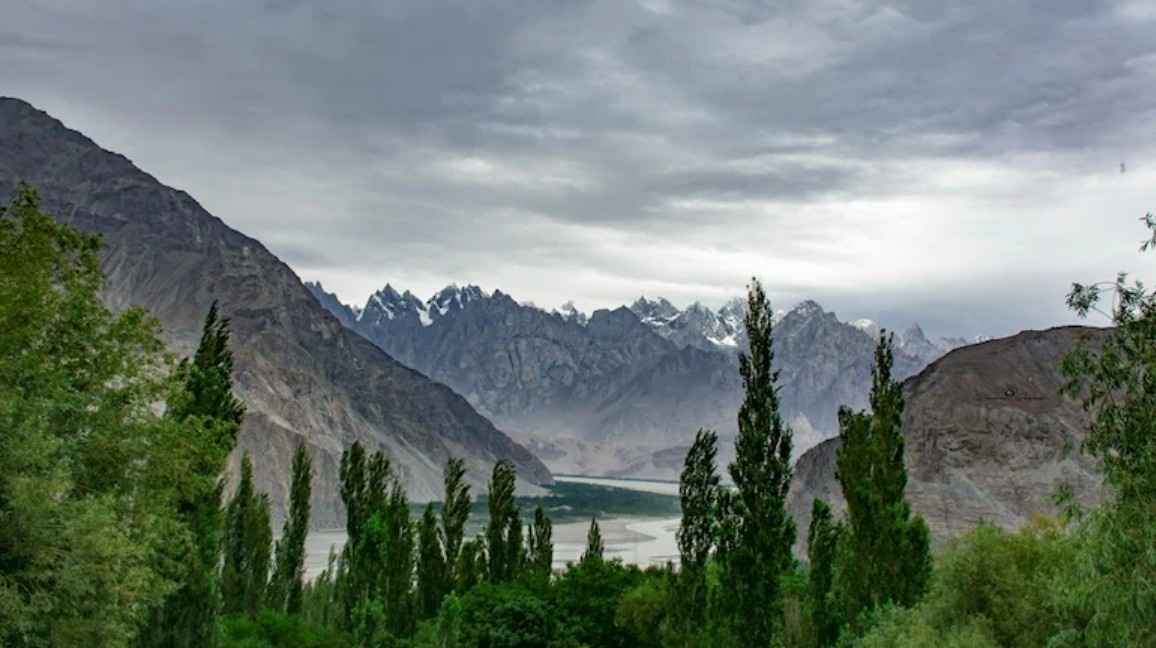Indian strikes force Jaish-e-Mohammed and Hizbul Mujahideen to shift from PoK to Pakistan’s northwest frontier, leveraging rugged terrain and Afghan proximity
Operation Sindoor: India’s Strategic Strike on Terror Infrastructure
On May 7, 2025, India launched Operation Sindoor, targeting and destroying nine major terrorist hideouts across Pakistan-occupied Kashmir (PoK) and mainland Pakistan. The strikes, carried out by the Indian Air Force and Army, used precision-guided stand-off missiles to dismantle key infrastructure of Jaish-e-Mohammed (JeM), Hizbul Mujahideen (HM), and Lashkar-e-Taiba (LeT).
Key Targets Eliminated:
- Markaz Subhanallah (Bahawalpur, Punjab) – JeM HQ linked to the 2019 Pulwama attack.
- Markaz Taiba (Muridke, Punjab) – LeT complex associated with 26/11 attacker Ajmal Kasab.
- Sarjal/Tehra Kalan Facility (Narowal) – JeM drone and tunnel launch site.
- Mehmoona Joya Facility (Sialkot) – HM infiltration base tied to past attacks in Jammu.
- Markaz Ahle Hadith (Barnala, PoJK) – LeT staging ground for attacks in Poonch-Rajouri.
- Markaz Abbas (Kotli, PoJK) – JeM base involved in the 2016 Nagrota Army camp attack.
- Maskar Raheel Shahid (Kotli, PoJK) – HM sniper and BAT training camp.
- Shawai Nallah Camp (Muzaffarabad, PoJK) – LeT training ground with GPS and weapons training.
- Syedna Bilal Markaz (Muzaffarabad, PoJK) – JeM transit facility tied to Indian fugitive Aashiq Nengroo.
Khyber Pakhtunkhwa: The New Terror Hub
With PoK under sustained Indian surveillance and strike capability, Jaish-e-Mohammed and Hizbul Mujahideen are now relocating westward into Khyber Pakhtunkhwa (KPK) — a region that offers both strategic depth and natural cover.
Why KPK?
- Mountainous terrain provides protection from airstrikes.
- Porous Afghan border enables movement and supply routes.
- Historic hideouts from the Soviet-Afghan and post-9/11 wars still active
Terror Recruitment and Mobilization Resurface
On September 14, just before the India-Pakistan Asia Cup clash, Jaish held a recruitment event disguised as a religious gathering in Garhi Habibullah, Mansehra district — about 190 km from Islamabad.
Masood Ilyas Kashmiri’s Public Appearance
- Praised Osama bin Laden.
- Declared KPK a “stronghold of Mujahideen“.
- Claimed Pak Army attends JeM funerals.
- Pakistani police and army allegedly provided crowd security.
A larger rally is planned in Peshawar on September 25, where Jaish plans to rebrand as Al-Murabitun (Arabic: “The Guardians”) to evade global scrutiny and sanctions.
Hizbul Mujahideen’s New Training Camp: ‘HM 313’
Hizbul Mujahideen has re-emerged in Lower Dir district, establishing a training base known as HM 313 — a symbolic name referencing:
- Battle of Badr (624 AD) — where 313 fighters supported Prophet Muhammad.
- Al-Qaeda’s Brigade 313 — a nod to global jihadist narratives.
- Location: Bandai, ~250 km from Islamabad.
- Land purchased: August 2024.
- Facilities under construction: By September 2025.
Who’s Behind the Resurgence?
Masood Ilyas Kashmiri
- Origin: Rawalkot, PoK
- Joined JeM in 2001; fought NATO in Afghanistan.
- Mastermind of 2018 Sunjwan Army Camp attack.
- Now serves as JeM’s emir for KPK and Kashmir.
- Oversees PAFF (People’s Anti-Fascist Front), a front group used in Kashmir ops.
KPK Sees Alarming Rise in Terror Violence
According to official data, Khyber Pakhtunkhwa is becoming the epicenter of terror activity in Pakistan.
January–August 2025:
- 605 terror incidents
- 138 civilians killed, 352 injured
- 79 police personnel killed, 130 injured
August 2025 Highlights:
- 129 attacks
- 6 Pakistan Army/paramilitary personnel killed
- Most-hit districts:
- Bannu (42 attacks)
- North Waziristan (15)
- South Waziristan (14)
- Dir (11)
In June 2025, the Pakistan Institute for Conflict and Security Studies documented:
- 78 terror attacks
- 100 deaths, including 53 security personnel and 39 civilians
Conclusion: PoK Disrupted, KPK Emerging as New Threat Axis
India’s Operation Sindoor has significantly disrupted Pakistan-based terror infrastructure, pushing Jaish-e-Mohammed and Hizbul Mujahideen deeper into Pakistan’s northwest. With Khyber Pakhtunkhwa offering ideal terrain, historical hideouts, and possible state support, this shift marks a dangerous new phase in cross-border terrorism dynamics.
As terror groups rebuild under new banners and locations, vigilance and international monitoring must now expand beyond PoK to include Pakistan’s western frontier — before a new threat network takes root.



